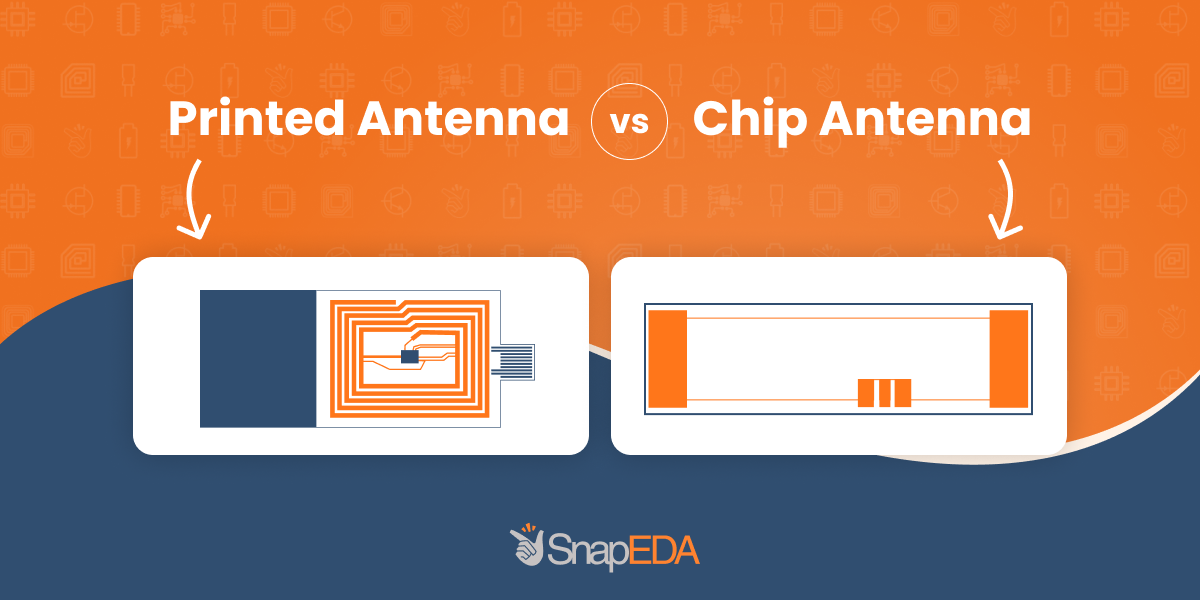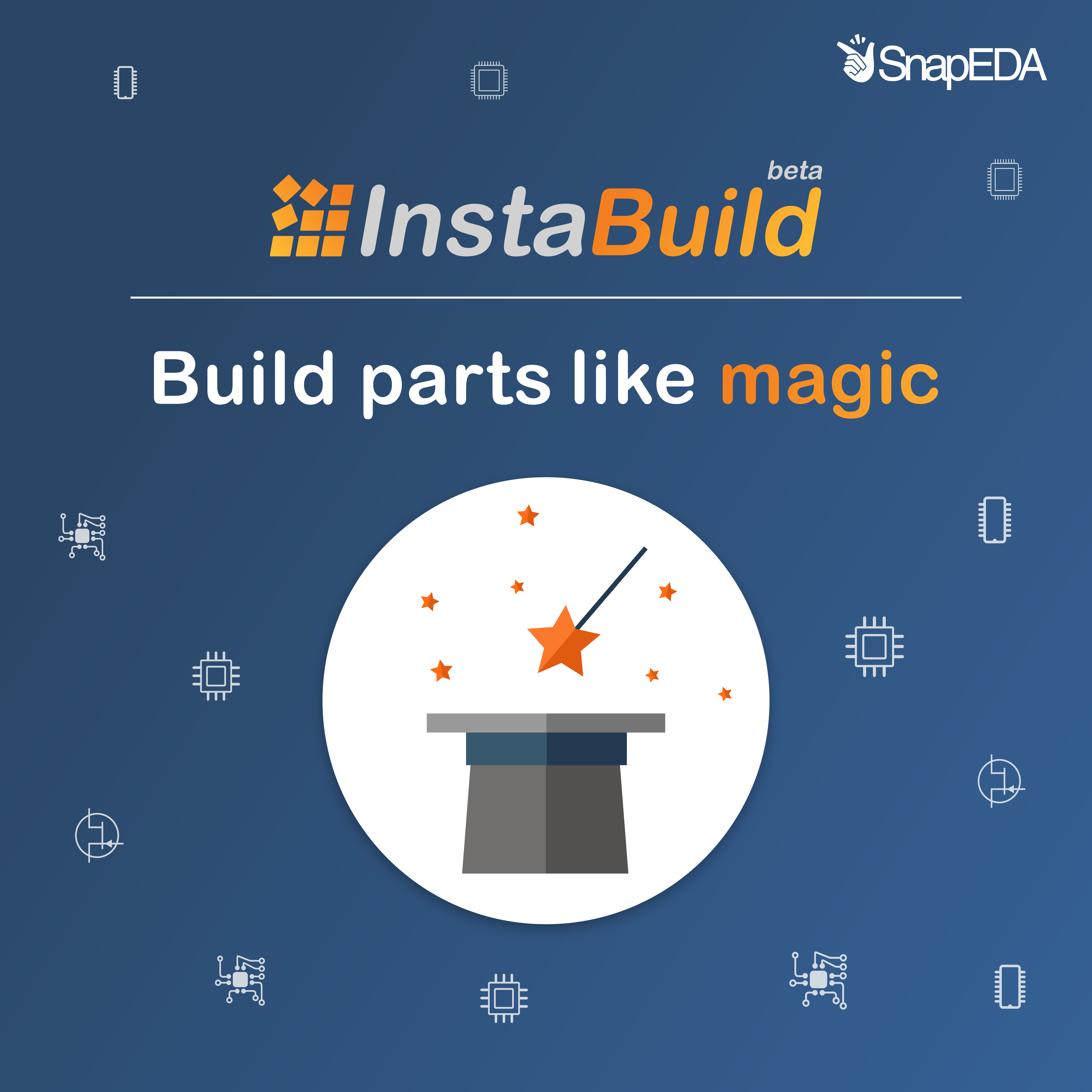
Printed antennas vs. Chip antennas
Designing high-frequency PCBs brings up new challenges for engineers. There are different requirements and environmental variables that need to be considered. One of the main ones is choosing which type of antenna the designer needs depending on the function of the project.
In this article, you will learn more about two types of antennas to help you select the best one for your PCB designs: printed antennas or chip antennas.
Understanding what a printed antenna is:
Printed antennas (also known as microstrip antennas) can be fabricated within your PCB. They consist of a geometric pattern on the top copper plane in specific widths and lengths to have a matching impedance and frequency with the emitting circuit. They can follow different patterns like inverted F, straight trace, meandering inverted F, circular, and others.
A printed antenna can be considered a miniature, improvised version of a traditional wire antenna. It is highly customizable to hold different frequencies and impedances depending on the size of the microstrip traces and the copper planes.
Understanding what a chip antenna is:
Chip antennas are built as dielectric resonator antennas which are made of a ceramic dielectric-filled cavity between conductive surfaces (much like a ceramic capacitor is built). This is known as a cavity resonator, which creates a stationary wave. The frequency and impedance also rely on the geometry of the conductive surfaces, much like PCB antennas, but given the high permittivity of the materials, the size of the antenna for the same wavelengths can be significantly reduced.
Note that the simplest chip antenna consists of a conductor/ceramic/conductor layered in the appropriate proportions to get to the desired frequency.
What’s the difference between these two antennas besides the construction?
Both antennas have special considerations when designing them, the most obvious one is the size. It is important to take note that when designing with printed antennas, a relatively bigger area for the copper plane and traces is needed compared to using a chip antenna which is a compact component.
Another consideration is the thermal and environmental setting. Printed antennas are more susceptible to electromagnetic interference generated by close circuits. The performance can be highly capped by metallic structures surrounding the irradiation area of the antenna and this includes all other layers of copper on the PCB; consequently, the antenna area should be clear of any conductive traces and components on all layers. On the other hand, chip antennas are less sensitive to this issue, they tend to be more delicate to the noise coming from the ground plane as half of the performance of chip antennas relies on the implementation of a well-designed ground plane, which is usually well described in the component’s datasheet.
To further compare these two antennas, let’s list their pros and cons:
|
Antenna |
Pros |
Cons |
|
Chip |
|
|
|
Printed |
|
|
Which one should I choose?
The antenna is a simple device in most cases and its correct implementation in your design is key to the success of your wireless projects. The main question about which one to choose is directly related to your design requirements.
Chip antennas are ideal for small, compact devices such as smartwatches, phones, and similar devices, therefore, they are easier to implement into your circuit design; however, they come at a higher price tag. Meanwhile, printed antennas offer good signal reliability and are low-cost; nevertheless, they require a thorough design and tuning phase to avoid expensive re-manufacturing.
We would like to hear from you too. What do you think? Could printed antennas be a better option if ready-to-use designs were available for specific frequencies or should we all stick to chip antennas?
Start exploring chip antennas on SnapEDA.


